I ask for money for a living, so I believe it is important to be a giver, too. My organization, Public Allies, identifies talented young adults who have a passion to make a difference and helps them turn that passion into a career working for community and social change. We train these young leaders by placing them in over 500 nonprofit organizations across the country where they work full-time to create, improve, or expand services to meet local needs. As a result, I see the incredibly important work organizations do every day on a wide variety of issues, and I try and support some of the ones that inspire me most each year.
In my life, many people and nonprofits helped me during a difficult adolescence and early adulthood, and I feel it critical to pay that forward. To me, it is not about being charitable, but about recognizing injustices in our society and our responsibility to address them through giving, through volunteering, and through advocacy and activism. My children have been exposed to my work from a young age, and attend public schools in our city where they have been exposed to and learned about poverty and other social issues. I've tried to help them be aware of their relative privilege, and the responsibility we have to act on our beliefs and help others with what we have.
A few years ago, I decided to engage my children in my year-end giving and created a system that has worked well to educate them about issues, our community and philanthropy.
My oldest child was nine years old the first time we did this, and my twins were six. My oldest has always been the most engaged, but each child has participated and contributed ideas to the process. While being clear about the importance and seriousness of these issues, I also tried to make it fun for them and not another chore. Here is the four-step process we have used:
1. We identified categories for giving. My kids love animals and my oldest daughter had been learning about the environment so we created three broad categories: nonprofits that helped people, animals, and the environment. We then began discussing issues related to each. Living in a cold climate, my kids were particularly concerned with helping people who were hungry and homeless, for example. I created a chart listing out these issues as rows and created three columns: Milwaukee (where we live), the United States, and International. We discussed what it meant to support these issues at each level.
2. We created a grant budget by category. I gave the kids a budget of $500, which to them was like a million bucks, so they took it seriously. This could be done with a budget of any size because the tradition is more important than the amount. We began talking about how to divide up the money among the categories and locations. The kids decided to support services to people in Milwaukee, support animals in Milwaukee and internationally, and give to climate change efforts internationally. They spent roughly 40 percent on people, 40 percent on animals, and 20 percent on the environment.
3. We researched organizations. From my own knowledge of nonprofits and some research, I identified potential organizations. I shared groups that both provided direct services and some that advocated on the issue so they could understand both types of work. I created a folder on our internet browser with these nonprofits' websites. I looked at some of them with the kids and they could look at them on their own. We then chose the organizations and decided how much to give to each.
4. We made the donations. For the organizations in Milwaukee, I spent an afternoon during our Winter Break bringing the kids to make the donations in person so they could see the organizations and their work. In a few cases, they were given tours. I also shared about some of the other organizations I had given to so they could learn about some additional issues important to me. I also shared with them the thank you letters when they arrived.
The first time we did this was in December of 2009. The following month was the tragic Haitian earthquake. My oldest daughter came to me at that time and asked if I could make a donation out of her allowance to the Haitian relief efforts. My twins each chipped in from their allowances, too. I agreed to match every dollar they gave and that has been my policy for any donations they make out of their allowances ever since. Their generosity with their own money has for me been the best outcome of the process.
My final reflection is that teaching philanthropy should also be about teaching empathy and justice. It should not be a prideful activity, but one that helps kids imagine what life might be like in other circumstances and feel humble about the privileges they have. Yes, they should be proud about their giving, but that pride should ideally translate to more desire to help others and address injustices in our communities, nation, and world. My children are still young so this is still an experiment, but I am hopeful they will continue to grow in their empathy, generosity, and commitment to social justice as they get older.
This blog is part of our #GivingTuesday series, produced by The Huffington Post and the teams atInterAction, 92nd Street Y,United Nations Foundation, and others. Following Black Friday and Cyber Monday, #GivingTuesday - which takes place for the first time on Tuesday, November 27 - is a movement intended to open the holiday season on a philanthropic note. Go to www.givingtuesday.org to learn more and get involved.
